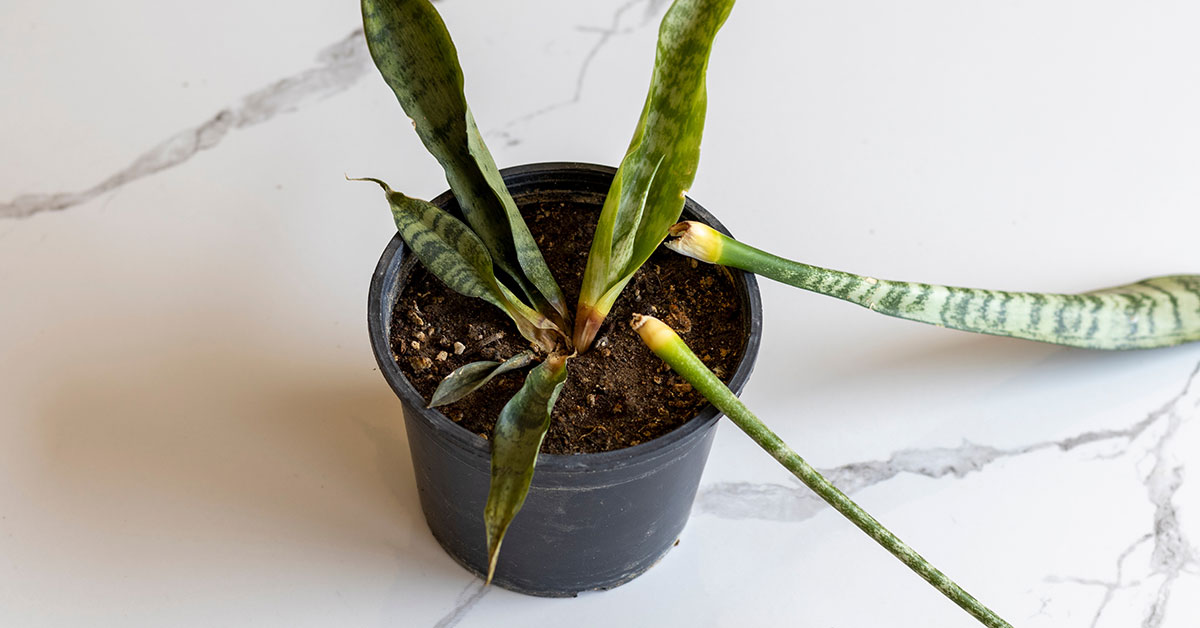Snake plants are popular houseplants that are relatively easy to care for and can thrive in many indoor conditions. However, one of the most common issues faced by snake plant owners is yellowing leaves. Snake plant leaves turning yellow can be caused by a number of factors. Including too much or too little water, improper lighting, or pests. We’ll discuss how to identify the root cause of your snake plant’s yellowing leaves and how to manage it. With the right knowledge, you can keep your snake plant healthy and looking its best.
Reasons For Snake Plant Leaves Turning Yellow
Snake plants, also known as mother-in-law’s tongue, are resilient and easy to take care of plants. Despite their low maintenance nature, there are certain issues that can arise. One of these is yellowing leaves. The yellowing of the leaves is usually caused by overwatering, underwatering, too much sunlight, or too little sunlight. Although it is natural for leaves to yellow and die off as the plant matures. However, if the yellowing is excessive, it is a sign that the plant is not receiving the proper care it needs. If yellowing occurs, it is important to adjust the watering and light levels to restore the plant.
How To Prevent Yellowing Leaves
Snake plants are known for their vibrant green leaves, but sometimes those leaves can turn yellow. The most important thing is to provide the correct amount of water and light. Water your snake plant when the soil is dry, and make sure that you don’t overwater it. Additionally, give your snake plant indirect, bright light, but avoid direct sunlight. If you are using a grow light, make sure that it is not too close to the plant. Finally, make sure that you regularly wipe off the leaves to remove dust and other debris that could block the light. Following these steps should help keep your snake plant looking its best.
Snake Plant Leaves Turning Yellow Due To Pests And Diseases
Common pests that can cause yellowing leaves include aphids, mealy bugs, and spider mites. These pests suck the sap from the leaves, leaving them yellowed and weak. Diseases that can cause yellow leaves include bacterial leaf spots and fungal diseases such as root rot and powdery mildew. These diseases can cause yellow spots on the leaves and can be spread through contact with infected soil or plants. To prevent pests and diseases from affecting your snake plant, keep it in a well-ventilated area and avoid overwatering and overcrowding.
The best way to deal with pests and diseases that cause snake plant leaves to turn yellow is to identify the underlying cause. If the yellowing is caused by pests, such as mites or aphids, they should be removed by hand or sprayed with insecticidal soap. If the yellowing is caused by diseases, such as root rot or botrytis, it is best to remove the affected leaves and then treat the plant with a fungicide. In some cases, the plant may need to be repotted in fresh potting soil and the pot should be disinfected to prevent the spread of disease. Finally, it is important to ensure the snake plant is receiving the proper amount of light, water, and nutrients to promote healthy growth.













